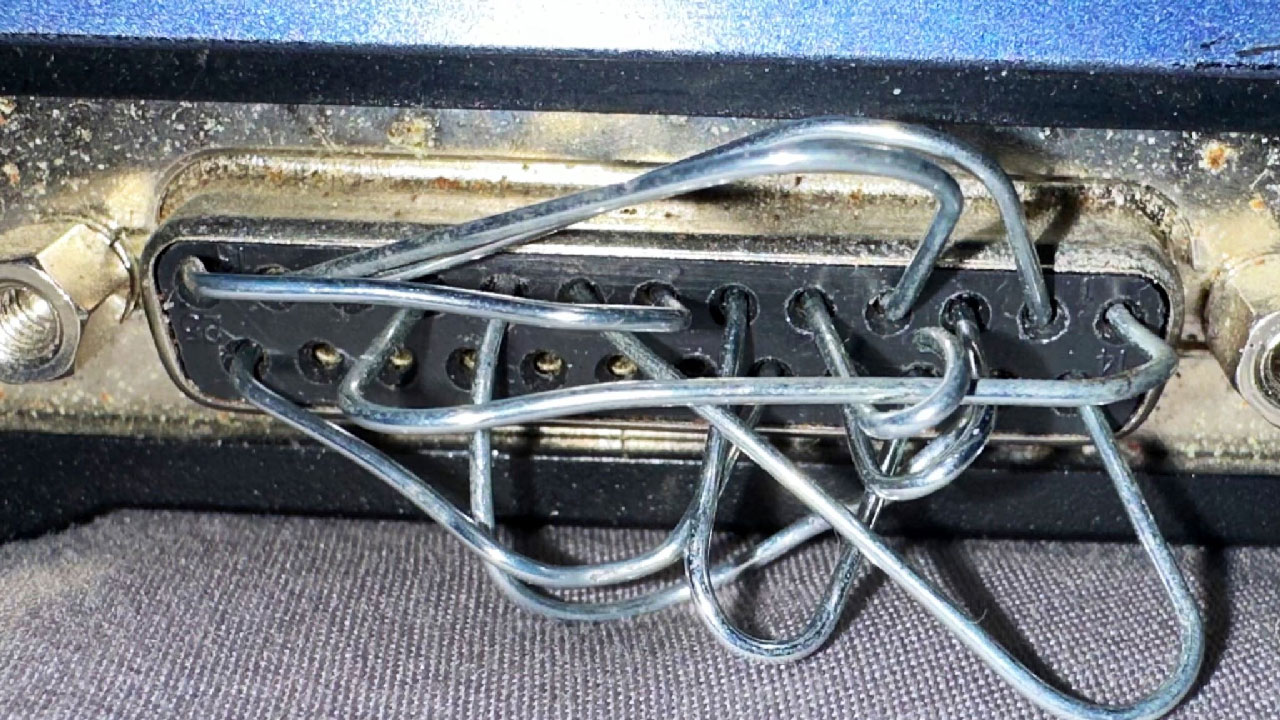Retro tech enthusiast Bob Pony recently shared an image of an old Toshiba Satellite laptop’s parallel port. However, it wasn’t the port’s rust and detritus which caught our eye. Rather, the parallel port was visually shocking as it was packed with a tangle of contorted paperclips. There is a method behind the madness, though. The paper clips are arranged to zap the device’s BIOS password on startup.
Many people buy old PCs and laptops on used goods marketplaces like eBay. On these platforms, sellers usually offer BIOS-locked devices at the best bargain bin prices. If you can find a working hack to reset the BIOS password you can therefore save quite a bit of money on what is otherwise an old jewel.
We don’t know how Bob acquired his Toshiba Satellite A15-S129 laptop, but at the end of last month, he appealed to his Twitter/X followers for a BIOS unlocking solution for this device. A day later he revealed he had successfully applied the parallel port wraparound method to remove the BIOS password.
Another tech enthusiast shared a diagram that provided a very clear wraparound connector wiring diagram, upon which Bob’s paperclip meisterwork was based. It doesn’t have to be messy… This same social media user, Luke Weston, described the wiring diagram as “a Toshiba backdoor technique for resetting the bios password when the parallel port data bus is looped back onto certain parallel port control lines.”
The above is just one of many ingenious BIOS password bypass and removal techniques that exist. A quick web search will probably reveal if there is one for your device, but success rates seem to be better (security is more vulnerable) on older devices.
Paperclips have been an essential component of many tech tinkerers’ toolboxes for decades. We remember them being useful in the pre-optical drive era for forcibly ejecting troublesome Mac floppies, then they became a similar essential for stuck CDs and DVDs. Few invested in the proper tool – a blunted bradawl – made safe to carry courtesy of a discarded champagne cork.
More recently smart devices with SIM card options have also required partially unfurled paperclips, or an officially bundled poky pin, to switch cellular connectivity – when changing contract provider, region, or country. With the industry moving steadily to eSIM, perhaps the partially unfurled paperclip will at last become a redundant tool, like Microsoft’s Clippy.
